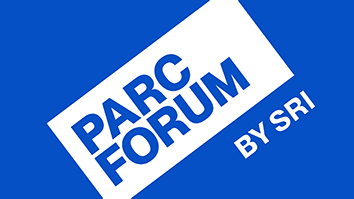Citation
McCarthy, J. K., Jacobson, E. J., Kilduff, T. M., Estes, R. W., Levine, P. A., Mills, S., . . . Miller, S. D. (2013, 26-29 August). On the potential to enhance the spatial resolution of the Day/Night Band (DNB) channel of the Visible and Infrared Imaging Radiometer Suite (VIRRS) for the Second Joint Polar Satellite System (JPSS-2) and beyond. Paper presented at the Earth Observing Systems XVIII, San Diego, CA.
Abstract
This paper examines the feasibility and potential benefits of enhancing the spatial resolution of the VIIRS DNB channel for the JPSS-2 mission and beyond, by modifying the on-chip pixel binning recipe used in the DNB CCD to aggregate detector area within the scan swath. Presently the DNB delivers 16 cross-scan samples similar in size to the detectors in the VIIRS Moderate Resolution Bands. The relatively low-cost enhancement proposed would instead bin the pixels of the existing DNB CCD into 32 cross-scan samples, each half as large in track and scan, effectively doubling the spatial resolution of DNB in each dimension to match the VIIRS Imaging Bands at nadir. Other potential benefits include, for unresolved point sources, improved detection sensitivity and SNR. Smaller DNB image pixels would be less spatially mixed, and therefore better suited to many quantitative analyses. DNB geolocation accuracy would also benefit from the increased spatial resolution, but less so for regions approaching edge-of-scan. To implement the maximum DNB spatial resolution enhancement over the full cross-track scan swath would require design and hardware modifications to the focal plane electronics (FPIE) to increase certain CCD clock rates. This paper explores the performance of this option, alongside other options that (if constrained to use the existing FPIE design with minimal changes) would not provide the enhanced DNB spatial resolution all the way out to the edges of the cross-track scan. These would instead offer other benefits, such as better maintaining SNR to edge-of-scan and, if away from nadir DNB sampling matched the I-bands, better enabling future environmental products merging the enhanced DNB data with existing VIIRS spectral band data.


